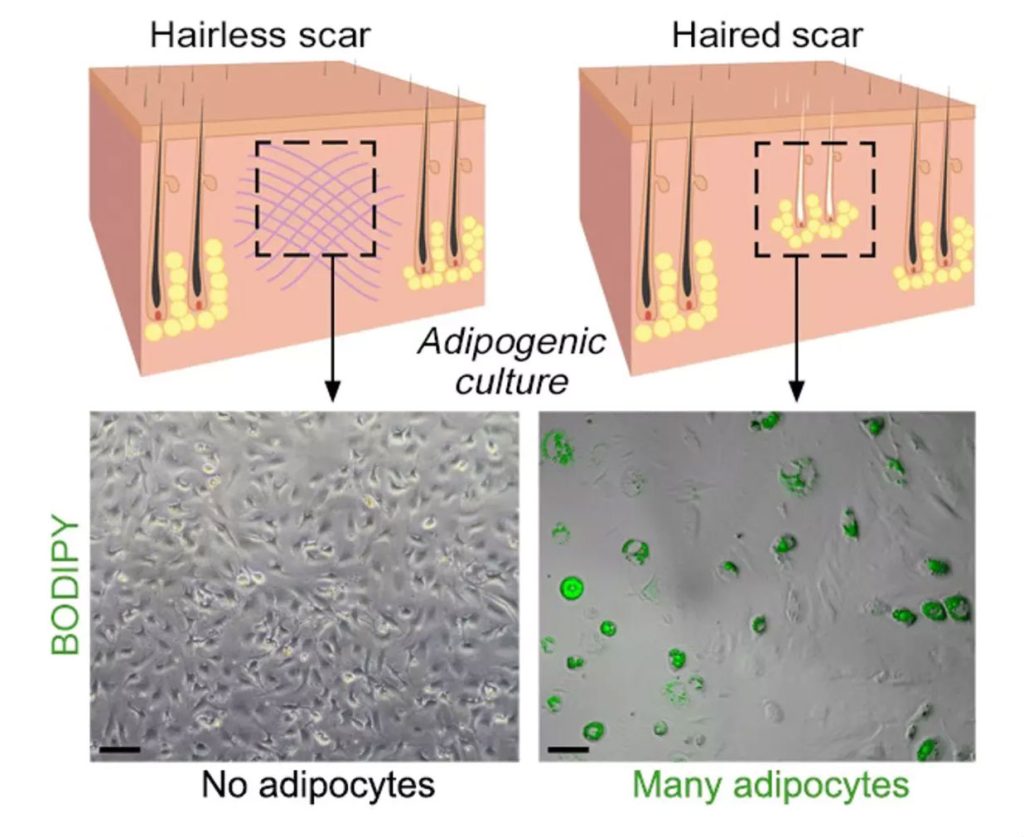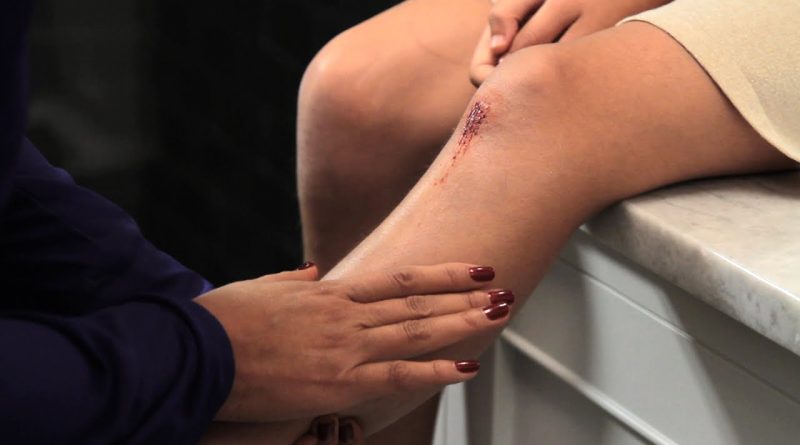Scientists have found a way for wounds to heal without leaving scars
Almost everyone has a scar they wish would go away, whether it’s from surgery, a bad shave, or that scary bike accident they had when they were five.
And while there isn’t much that can be done about scars that are already there, in 2017 scientists figured out how to make new wounds heal with new skin instead of scar tissue, which was thought to be impossible in mammals.
One member of the team, George Cotsarelis, chair of the Department of Dermatology at the University of Pennsylvania, said last year, “Basically, we can control how wounds heal so that they don’t leave scars but instead lead to new skin growth.”
The trick is to first grow new hair follicles. After that, the signals from these follicles will tell the fat to grow back.
If you’ve ever wondered why scar tissue looks so different from normal skin, it’s because scar tissue doesn’t have any fat cells or hair follicles.
The type of skin that grows back over a small, superficial cut is made up of fat cells called adipocytes, just like the skin you were born with. This means that the two will eventually blend together once the wound has healed.
Scar tissue, on the other hand, is mostly made up of cells called myofibroblasts and has no fat cells at all. So once the wound is completely healed, it won’t blend in with the rest of the skin; it will always look different.
The same thing happens to our skin as we age. As we age, we lose our adipocytes, which causes our skin to change color and get deep, permanent wrinkles.
But scientists have found that myofibroblasts can be changed into adipocytes. This means that as a wound heals, scar tissue could be changed into new skin. Previously, scientists thought this could only happen in fish and amphibians.
One member of the team, Maksim Plikus from the University of California, Irvine, said, “The results show that we have a window of time after a wound to make the tissue regenerate instead of scar.”
In the past, the group’s research has shown that fat cells and hair follicles develop separately, but not on their own. The hair follicles always develop first.
Researchers wanted to see what would happen if they made hair follicles grow in newly forming scar tissue in mice and in lab-grown human skin samples. They thought that the growth of hair follicles might help fat cells grow when skin is regenerating.
This would never happen in nature because scar tissue doesn’t have hair follicles.
They found that as soon as the hair follicles started to form, they sent out a signaling protein called Bone Morphogenetic Protein (BMP). This changed the myofibroblasts in the scar into adipocytes.
When hair follicles were made to grow where a wound was healing, the skin that grew was the same as the skin that was already there.

“Most people thought that myofibroblasts couldn’t change into other types of cells,” says Cotsarelis.
“But our work shows that we can change these cells and that they can be turned into adipocytes quickly and reliably.”
At this point, the experiment is just a proof of concept. It has been shown to work on mice and human skin samples, but it is a very different thing to get hair follicles to grow in a wound on a living person.
But this is a big deal because, until recently, scientists thought that myofibroblasts couldn’t change into adipocytes in mammals because of how their cells work.
If the team can find a way to get the same results in a human trial, for example by figuring out how to change the Bone Morphogenetic Protein in scar tissue, it could lead to completely new ways for wounds to heal that look and feel just like new skin.
We just recently figured out why our skin doesn’t leak, even though we lose about 500 million cells every 24 hours. This means we still have a lot to learn about the largest organ in the human body.
Let’s hope that some of this information will lead to treatments in the future that can help wounds heal without leaving scars, because the pain is bad enough.



